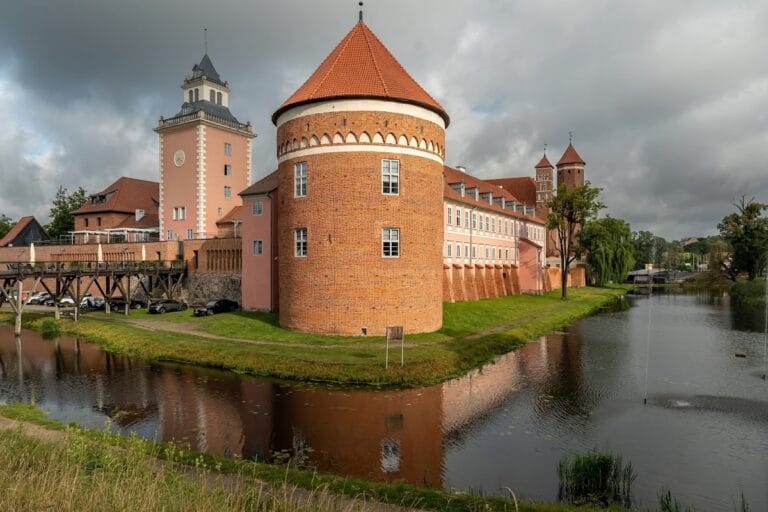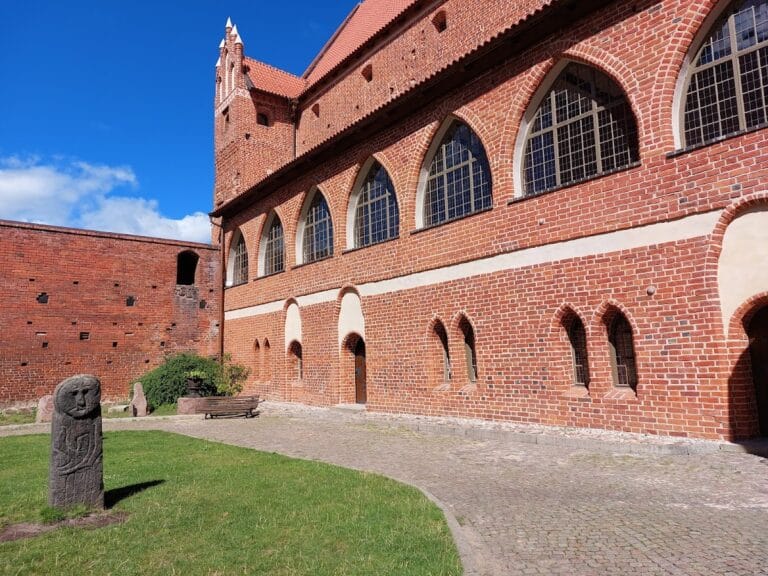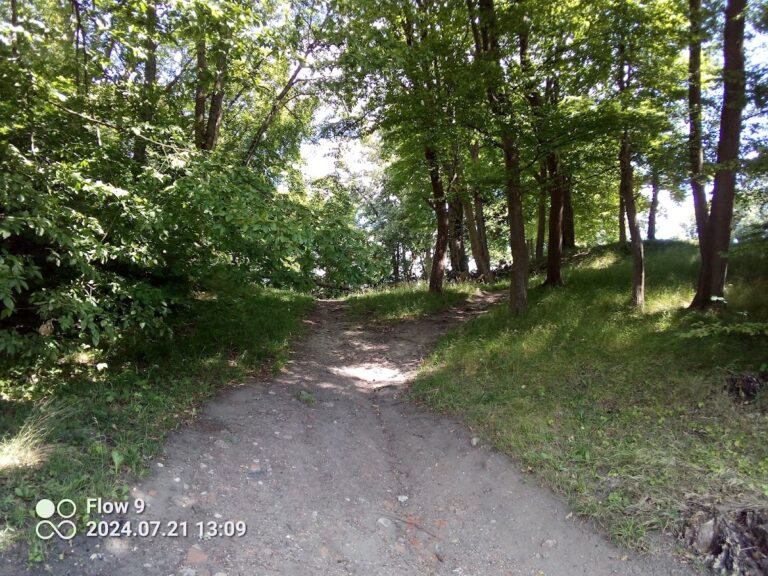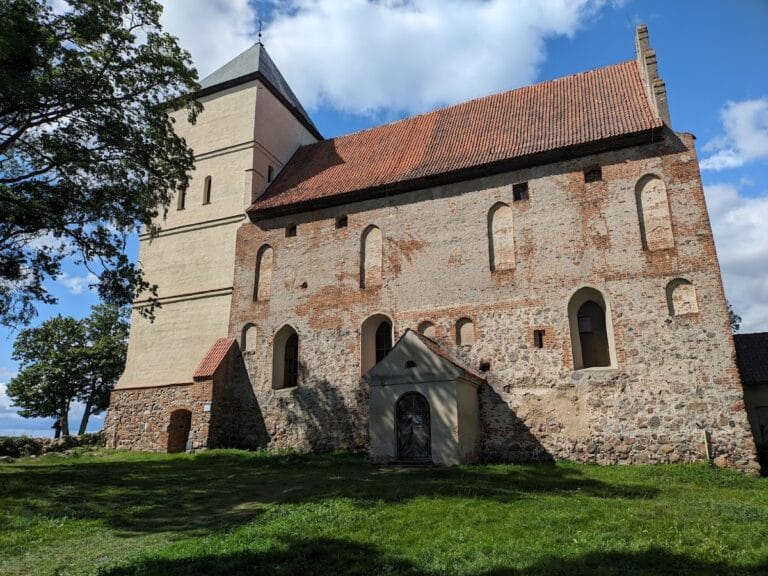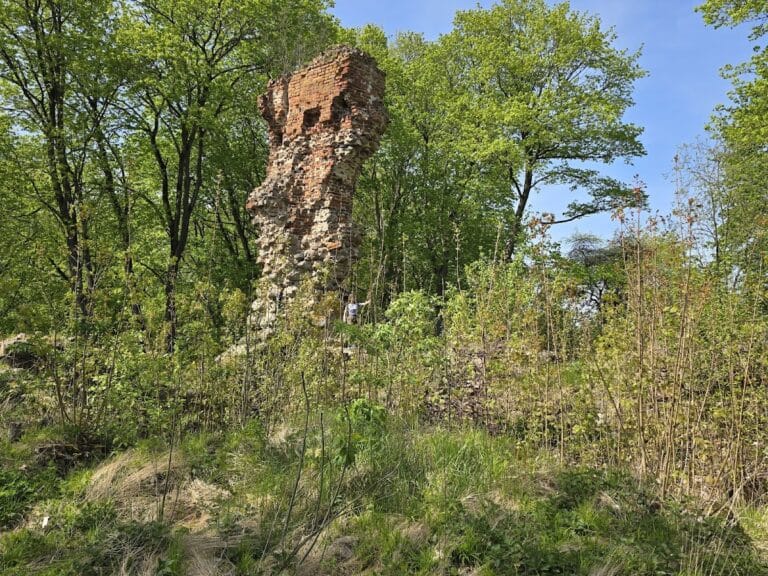Castle in Jeziorany: A Medieval Teutonic Fortress in Poland
Visitor Information
Google Rating: 4.3
Popularity: Low
Google Maps: View on Google Maps
Country: Poland
Civilization: Medieval European
Remains: Military
History
The Castle in Jeziorany is situated in the town of Jeziorany, Poland. It was built during the Middle Ages by the Warmian branch of the Teutonic Knights under the direction of Bishop Jan I of Meissen and Jan Stryprocki, reflecting the Gothic architectural style of that era.
Construction of the castle took place between 1350 and 1373, when it served as the residence for the Warmian episcopal starosts, who were ecclesiastical administrators overseeing the region. Beyond its residential purpose, the castle functioned as a strategic fortress and center for managing local affairs. Throughout its history, it became embroiled in several military engagements that shaped the region.
In 1414, during the Hunger War, forces led by King Władysław Jagiełło captured the castle and set fire to the surrounding town. Later, in 1453, the castle housed mercenary soldiers under the Warmian chapter’s command. The following year saw a local uprising which resulted in the castle coming under the control of Czech mercenaries allied with King Casimir IV Jagiellon. The castle faced internal conflict in 1472 when Warmian bishop’s troops attacked but were repelled; however, five years later it succumbed to forces commanded by Bishop Mikołaj Tungen.
The conclusion of the Thirteen Years’ War in 1479 brought Warmia under the Polish Crown, solidifying the castle’s position within this territory. In the early 16th century, during the conflict known as the Prussian War, Jeziorany was seized and burned by forces of Albrecht von Hohenzollern in 1520. Nonetheless, the castle was rebuilt later that century and continued to serve as a bishops’ residence until the First Partition of Poland in 1772, when Prussian authority took over.
In the 18th century, efforts to enhance the castle grounds included the creation of an Italian-style garden established by Bishop Załuski around 1700 and renovation work initiated around 1713 under Bishop Teodor Potocki. After Prussia assumed control, the castle suffered fire damage in 1783 and was systematically dismantled by 1789. The site was adapted for new uses in the following years; part of the western wing’s foundations was repurposed in 1790 to erect the town hall, and farm buildings replaced the main sections before a residential structure was built on the site in 1905.
Remains
Archaeological investigations have revealed that the castle originally featured a quadrangular layout typical of Gothic fortifications. One of its distinctive elements was a corner tower located on the northern side, with a square base that transitioned into a round upper section, illustrating architectural ingenuity of the period.
The castle’s main entrance was positioned on the eastern side and was reached via a bridge spanning a moat. This gateway was integrated within a now-absent castle building and was flanked by two small turrets, serving both defensive and symbolic purposes. On the southern side, a garderobe tower—used as a latrine—was connected to the main structure by a gallery, indicating thoughtful attention to sanitation and movement within the fortress.
The outer bailey, facing the adjacent town, contained various economic structures essential for daily operation. These included timber-framed barns and stables arranged along the northern edge of the courtyard, while a coach house stood on the southern side, reflecting the logistical needs of a self-sustaining manor. In the 18th century, access to this outer courtyard was controlled by a brick gate adorned with the bishop’s coat of arms, approached by a six-arched bridge, highlighting continued adaptations in castle design and security.
Today, only the lower stone sections of the western wing alongside fragments of the northern corner tower survive. These remaining Gothic ground-floor walls and cellars have been preserved and currently house the Municipal Office, providing a tangible link to the site’s medieval origins. The once carefully arranged Italian-style garden created by Bishop Załuski has transformed over time into an overgrown park lying below the castle hill, offering a subtle reminder of the castle’s former grandeur and the changing relationship between nature and architecture at the site.


